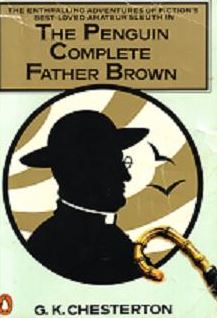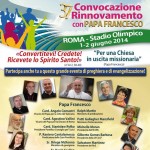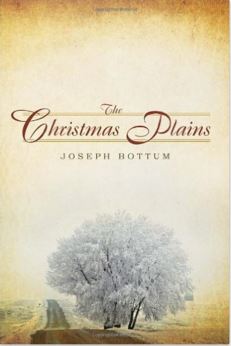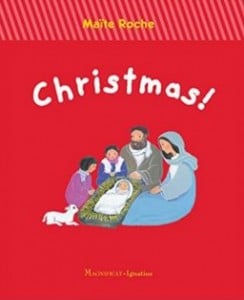 “Father Brown is one of the few characters in all fiction who–through his humanity, sagacity, personal charm and credible genius–is likely to survive the fickle years.”
“Father Brown is one of the few characters in all fiction who–through his humanity, sagacity, personal charm and credible genius–is likely to survive the fickle years.”
That high praise for G.K. Chesterton’s clerical sleuth comes from none other than Ellery Queen, the pseudonymous mystery writing team of Frederic Dannay and Manfred Bennington Lee.
Father Brown was, in Chesterton’s imagination, a short, stumpy Roman Catholic priest, “formerly of Cobhole in Essex, and now working in London”, with shapeless clothes and a large umbrella, and an uncanny insight into human evil. The character was based on Fr. John O’Connor, a parish priest in Bradford who was involved in Chesterton’s conversion to the Catholic faith.
In the 51 short stories, Father Brown’s abilities are shaped by his experience as a priest and confessor. For example, in “The Blue Cross”, when asked by the reformed criminal M. Hercule Flambeau, who has been masquerading as a priest, how he knew of all sorts of criminal “horrors,” he responds:
“Has it never struck you that a man who does next to nothing but hear men’s real sins is not likely to be wholly unaware of human evil?”
He also knew from his priestly training that Flambeau was not a priest: “You attacked reason,” he said. “It’s bad theology.”
Chesterton had read the Sherlock Holmes mysteries of Arthur Conan Doyle; but he avoided Holmes’ methodology–based, as it was, on science, experimental method and induction. Rather, Father Brown solves his crimes through a reasoning process that employs spiritual and philosophic truths. He was, as some have written, the perfect vehicle for conveying Chesterton’s view of the world.
If you’re looking to get your hands on something light to read on sultry summer nights, The Father Brown Mysteries might just fill the bill.












